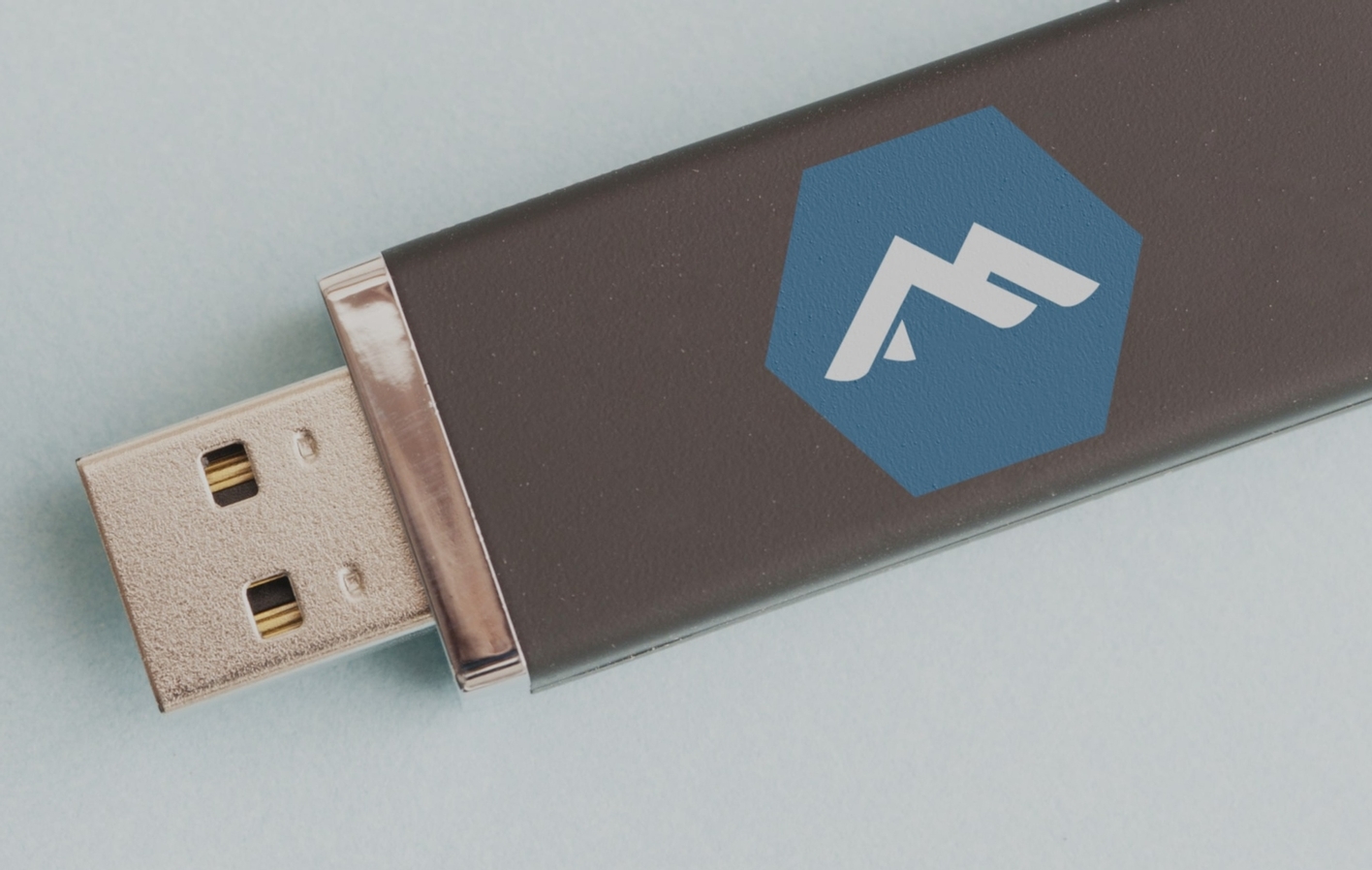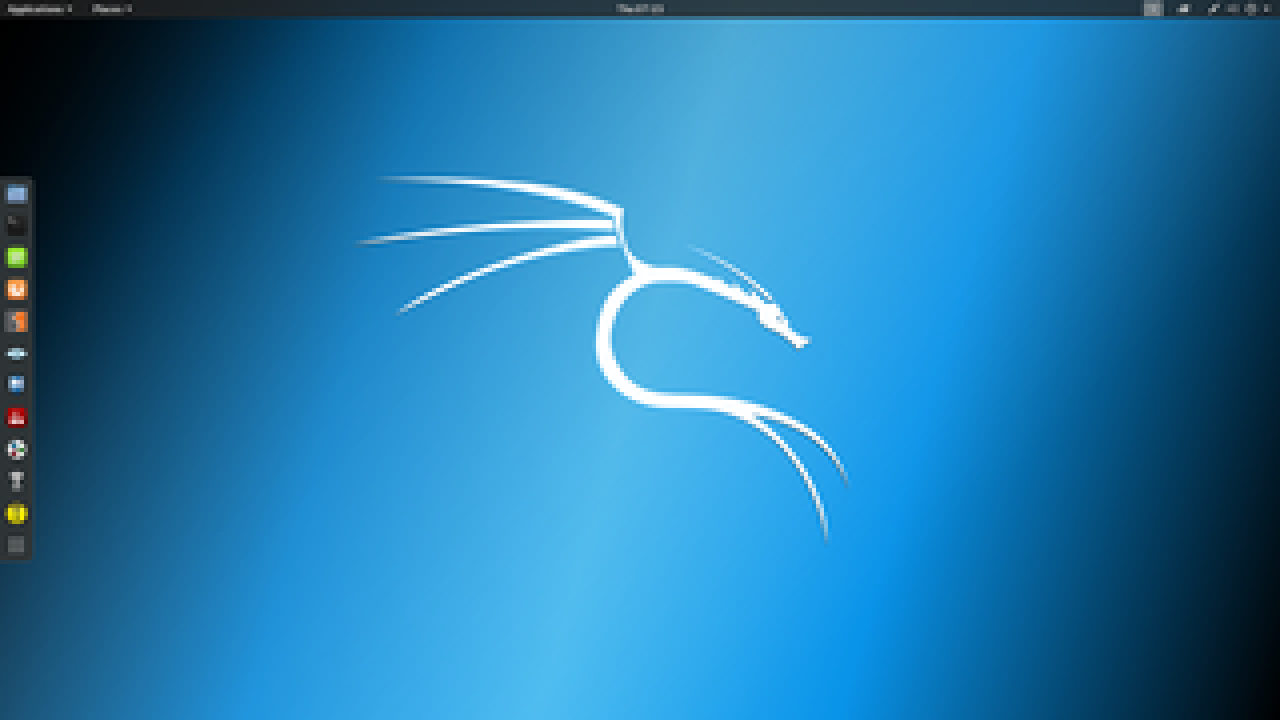
- #INSTALL LINUX ON USB FOR PERSISTENCE HOW TO#
- #INSTALL LINUX ON USB FOR PERSISTENCE INSTALL#
- #INSTALL LINUX ON USB FOR PERSISTENCE UPDATE#
- #INSTALL LINUX ON USB FOR PERSISTENCE ANDROID#
- #INSTALL LINUX ON USB FOR PERSISTENCE ISO#
#INSTALL LINUX ON USB FOR PERSISTENCE ANDROID#
mnu files which support persistence for linuxmint, XiaOpan, ubuntu, YLMF, Puppy, Slax, Ubuntu, LUbuntu, Fedora, Backtrack 5, BitDefender Rescue (old versions only), geebox, kali linux, kaspersky, PCLinuxOS, Porteus, StartOS, Zorin, AntiX, android x86, debian-based distros and XBMCbuntu.
#INSTALL LINUX ON USB FOR PERSISTENCE HOW TO#
The instructions on how to add a persistence file are included inside each of the .mnu files. This is just a grub4dos menu which will be read by Easy2Boot during startup and the contents will be added to it's own 'in-memory' menu.
#INSTALL LINUX ON USB FOR PERSISTENCE ISO#
However, when booting from a USB drive with some linux ISOs, Easy2Boot can boot directly from the ISO and enable persistence. Have you tried this method? How did it go? Do you know a better and easier method to create a persistent Live USB? Feel free to comment on your experiences.When you boot from a CD or DVD, persistence is not normally enabled because a CD/DVD does not support 'random-writes'. When updating a notice appears that automatic updates have been disabled here we leave it as it is, for which we will choose the option that is marked by default.
#INSTALL LINUX ON USB FOR PERSISTENCE UPDATE#
We can also update the operating system with the latest software available, which takes much longer than a hard drive installation.
#INSTALL LINUX ON USB FOR PERSISTENCE INSTALL#
Of course, the icon will never be restored.Īnd that would be all, or almost all: now we can treat it as a native system, so we can eliminate everything that we are not going to use and install what interests us the most. It can be executed, but first we will have to accept it as safe (double click and “trust and execute). The icon of the installation app does not look like it should, but this is "normal" because it is an executable file that is not trusted in this type of usb. Once started, what we see is very similar to what we see in a Live Session: on the left we see the direct access to the installation program (Ubiquity). The second option will take longer to start, but then it will go faster. In fact, you will check it as soon as you start the persistent Live USB because what you will see will be different from everything you have seen in other types of startup:Īs you can see, there are two more options, of which we we are interested in the first if the computer has 4GB of RAM or less. If you have used other methods and they have failed you, it is normal that you think that this is not going to work, but it does work.

We choose the second, the "e" and press Enter.


This Live USB will remember all the changes we make Requirements

1 This Live USB will remember all the changes we make.


 0 kommentar(er)
0 kommentar(er)
